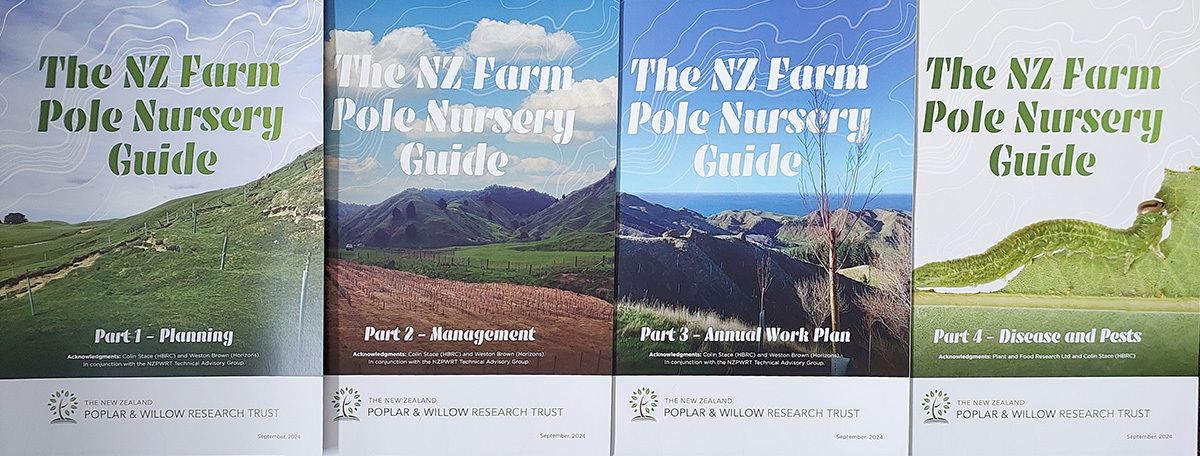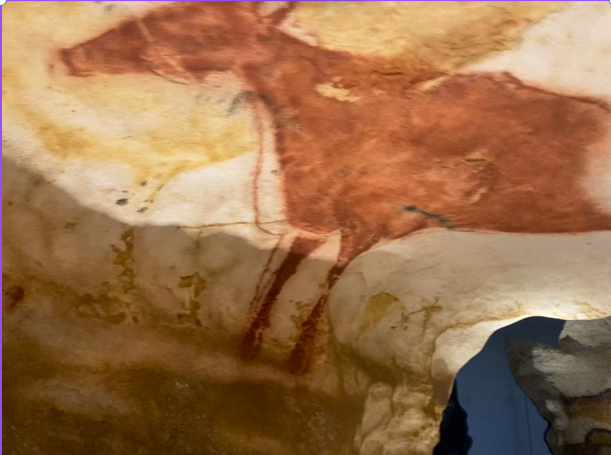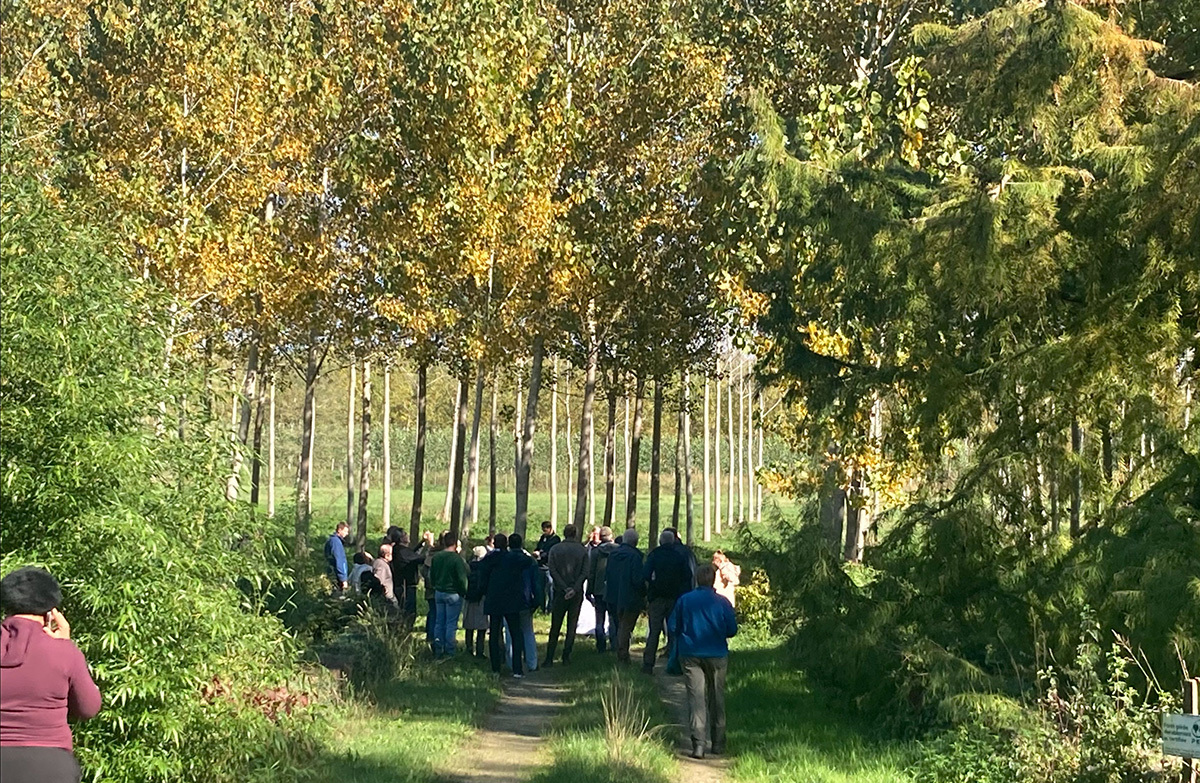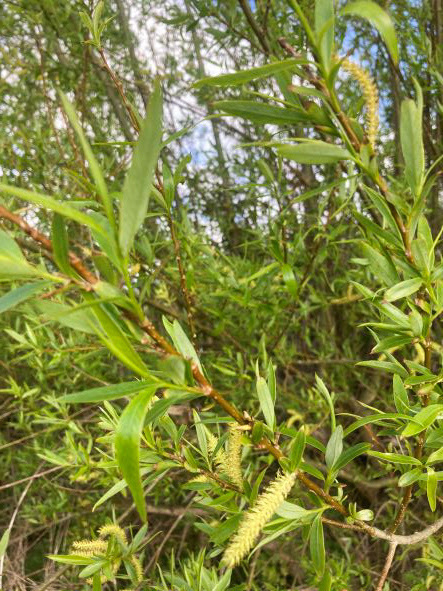Newsletter No. 4 December 2024
Posted on December 19, 2024

The NZ Poplar Research Trust would like to wish all our readers the merriest of Christmases. The office will shut down from 20th December to 6th January, but feel free to leave a message/email and will get to it as soon as we can.
For many in the farming season, it is hitting the silly season with weaning, shearing, silage and/or hay making, putting crops in. Hopefully, your poplar and willow poles have had a good start to the season. Friendly reminder, that re-ramming your poles is a good idea to ensure they get through the summer. This prevents vibration which can destroy roots and protects moisture levels.
NZPWRT welcomes new chair
The new face at the helm of the New Zealand Poplar and Willow Research Trust is Daniel Harrison from Taranaki Regional Council.
The chair appointment, made by the Chief Executives of Regional Councils, was confirmed at the Trust’s AGM in November and will be effective from the start of the new year.
Daniel says the work of the Trust is invaluable for the protection of communities, riverbanks, soils, water quality, and the future sustainability of New Zealand agriculture.
“As Chair, I look forward to ensuring the good work continues and is recognised for the true benefit it provides. “
Daniel has been the Director of Operations at Taranaki Regional Council (TRC) since 2020 overseeing environmental services (biosecurity and biodiversity), land management, river control and flood protection. Before this he was a rivers engineer and manager at TRC. Prior to moving to Taranaki, he worked at Environment Canterbury for 10 years; a couple of years in planning and eight years managing river control and drainage schemes in Mid-Canterbury.
He has been on the Poplar and Willow Research Trust (PWRT) as the national Regional Councils’ River Managers group representative since 2018. In that role, Daniel provides a conduit between those responsible for managing river systems to protect communities from flooding and the latest research into the biomanagement tools essential for this work to be effective.
PWRT was formed in 2011 to provide long-term funding for poplar and willow breeding programmes. Poplar and willow trees are the most effective and most used tools in the bioengineering toolbox for soil conservation and riverbank protection. New varieties are needed to combat current and future pests and diseases, and provide the adaptability needed in changing environments and landscapes.
A key role of the Trust is to deliver those new varieties to suit specific landforms and climatic circumstances to reduce hill country erosion. This was demonstrated by minimal erosion on well-planted properties versus high erosion on unplanted properties at the time of Cyclone Gabrielle and earlier high rainfall events.
The Trust has expressed its gratitude to outgoing chair, Iain Maxwell, for his leadership and commitment to the work of the Trust, which he has led since 2021. His connections within regional government have been invaluable for the Trust.
Iain Maxwell says he is rapt someone of Daniel’s calibre will be continuing to lead the Trust. “Dan’s combined strategy and operational experience is a great asset.”
Iain says he looks forward to continuing to support the Trust in his new role as Executive Director of Te Uru Kahika.

New NZ Poplar and Willow Research Trust chair Daniel Harrison, right is congratulated by retiring chair Iain Maxwell.
Celebrating recognition
Ian McIvor receives Alliance Significant Contribution Award at B+LNZ Awards evening
It was great to see the work that Ian McIvor has done for the past 25+years be recognised at the Beef + Lamb NZ Awards in October.
Ian was away in France at the International Poplar Convention at the time of the awards. On the night, Sally Lee, General Manager received it on his behalf. The NZPWRT, at it’s AGM on November 15, Iain Maxwell, Chairperson was able to present it in person to Ian McIvor.
On receiving the award, Ian observed that 'no-one achieves such an award on their own. I have been honoured as a representative of land management advisers who have cooperated to support our research and who have used our extension material to promote soil conservation in the regions.’
The judges commented that Ian’s science and research had contributed to farm production and resilience, particularly in the sheep and beef sector.
This has been through his extensive work around the use of poplar and willow trees for soil stabilisation and erosion control on New Zealand hill country.
As one of the founders of soil conservation work in New Zealand, his work had touched sheep and beef farming operations throughout the country, yet many farmers were unaware of the man behind the science.
It is great to get work that has such a significant impact on hill country farming throughout NZ recognised.
Ian expressed his 'appreciation to Beef + Lamb NZ for such a public recognition and gratitude to my nominees from NZ Poplar & Willow Research Trust.'

NZPWRT chair Iain Maxwell presenting Ian McIvor with his Alliance Significant Contribution Award from B+LNZ Awards
Farm Pole Nursery Guides
It was great to be able to launch our four new Farm Pole Nursery Guides at the NZARM conference in Palmerston North, November 2024.
Pole planting is quick and effective way of establishing trees in the presence of livestock, especially cattle. Poplars and willows are fast growing species with the essential trait of being able to root from semi-mature wood, but poles need to be straight and of sufficient size for planting amongst livestock.
With the current nation-wide shortage of poplar and willow pole material, many landowners are showing interest in growing poles on farm for erosion control plantings. Developing and running a stool (coppicing stump) nursery, even at a limited scale, requires resourcing, management and above all time.
A well-managed farm nursery will require input, but will produce the quantity and quality of poles required for an annual planting programme.
The four guides focus on:
- Planning - focuses on the planning and site selection required for establishing an on-farm nursery.
- Management - looks at the management required for producing 3m A grade poles.
- Annual Plan - outlines nursery management activity
- Pest and Disease - is a reference section for the identification and control of pest and disease issues which can affect pole nursery production.

International Poplar Convention (France, October 2024)
Ian McIvor
New Zealand is one of the 35 member countries of IPC and has been since the 1960s. Much of our germplasm used in breeding new poplar and willow cultivars for New Zealand conditions was obtained from member countries of IPC; United States, Argentina, China, Korea, Japan, Netherlands, Italy, Belgium, Turkey.
Many countries are feeling the impact of climate change with more trees dying during hotter summers, and the arrival of new pest insects and pathogenic fungi devastating populations of species notably ash trees. One of the French delegates reported that:
- France experienced its hottest 10 years on record from 2014-2024.
- Tree mortality was up 54% in the last 10 years.
- Tree production was down 36% in the same period.
- Survival can no longer be taken for granted
- Pests and diseases respond quicker to climate change than host trees
Whole forests of ash trees in NE United States were reported as being killed by predatory invasive Asian beetles with breeding cycles that are shortening every year.
We need to take careful note of these signals from the Northern Hemisphere.
The ability of trees to adapt to a changing climate will be key to which survive and which falter. Fast-growing poplars and willows are considered to be more adaptable than slower growing species. Tree breeding programmes that assists adaptability by intentional hybridization
There is a great deal of anxiety about the ability of countries to sustain wood production under climate change. The conversation has shifted from increased production with higher atmospheric CO2 to the more urgent question of adaptability for survival. Late frosts are as lethal as drought in killing trees –favouring clones with later budburst. High soil temperatures reduce production.
Our border biosecurity is important to not only the health of our trees but their very survival. Poplars and willows in New Zealand are remarkably healthy on a world scale. However, pests and diseases will have a greater impact on trees that are heat or drought stressed.

Figure 1: a reminder that the ancient people who created this famous cave art at Lascaux near Bordeaux had to migrate every autumn and spring because of climate change (ice).

Figure 2: Commercial poplar production for veneer and packaging is a common land use in south-west France.
Research Strategy
The Trust is currently developing a long term research strategy. Working alongside our Technical Advisory Group (TAG) and research provider Plant and Food Research, we aim to deliver a pathway that enables NZ bred poplar and willow to better meet the needs of our changing climate, whilst ensuring key attributes align with the end users.
The research and breeding of a new variety can take 10-15 years before available commercially, therefore we need to be clear about our direction.
Showcasing … Moutere (willow)
‘Moutere’ is a Salix matsudana x alba hybrid. It exhibits extensive root development and excellent site adaptability.
‘Moutere’ has blue-green foliage, which do no hang down. The foliage are normally retained until early June.

‘Moutere’ has quite a dense crown and is reasonably narrow. Its stem form is usually straight. It is suitable for shelter and for general soil conservation planting. This clone has proved to be superior on windy sites. ‘Moutere’ is a male. It is fast growing, good for wetter sites and riparian planting.

Workshops coming to a place near you…
Understanding Poplar and Willow Workshops inconjunction with NZARM, focusing on land management. For more information contact info@poplarandwillow.org.nz. Dates and locations are:
- 4-5 March - Whakatane
- 18-19 March - Gore
- 2-3 April - Wanganui
Bioengineering Tool, focusing on river management. If interested check out Development Programme | Resilient River Communities (resilientrivers.nz) and register. There is the one workshop held in Hawke’s Bay 11-12 February with registrations closing 5pm Monday 16 December.
Information on these will be updated on this website or on our LinkedIn page.